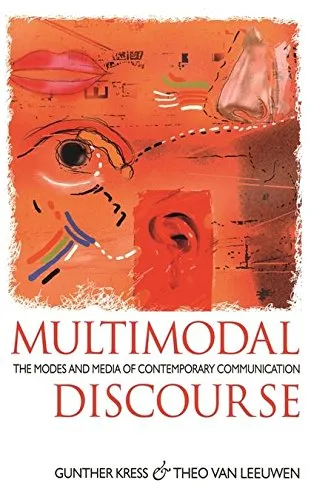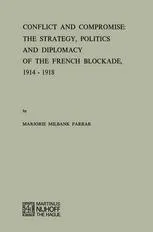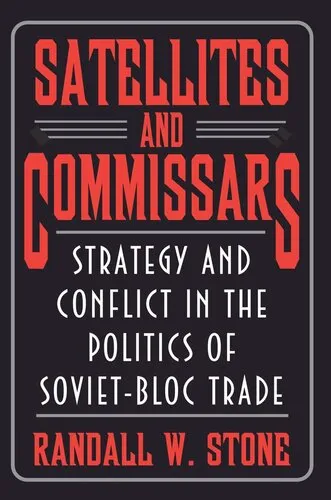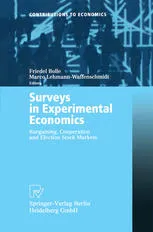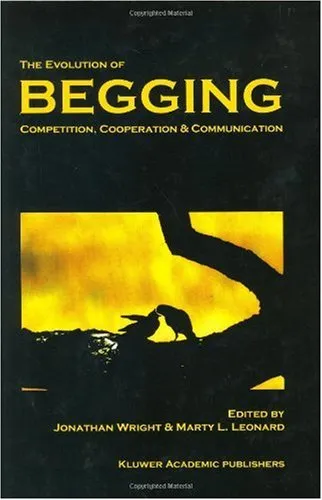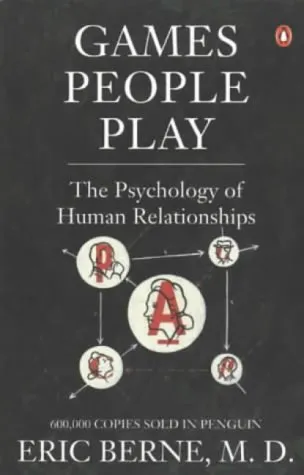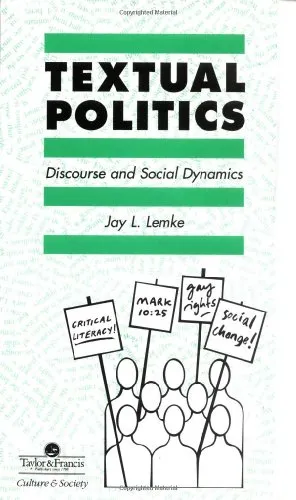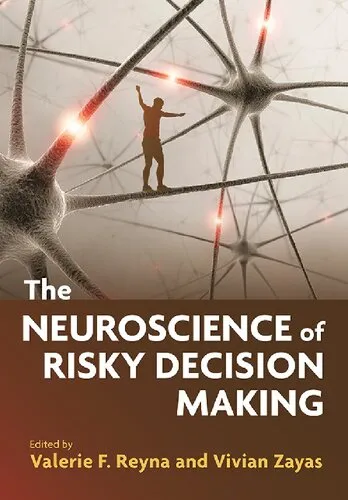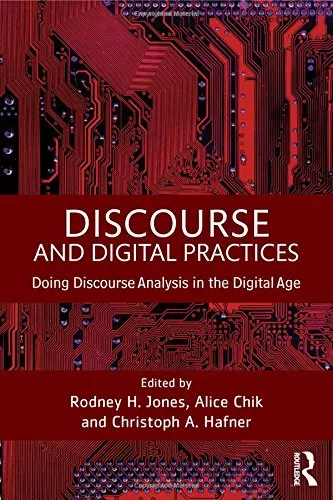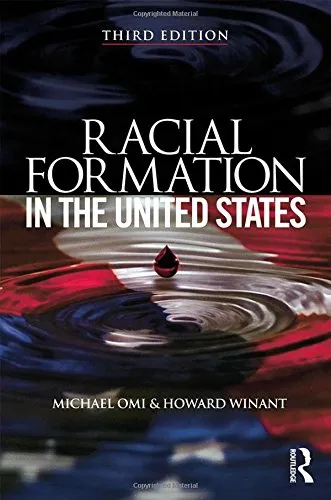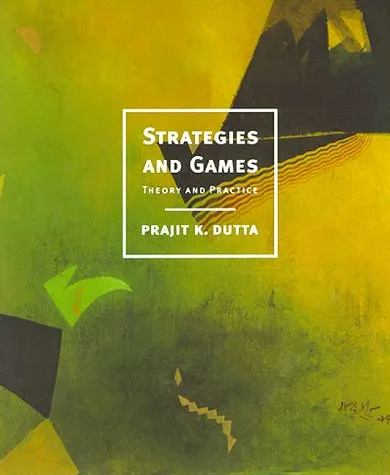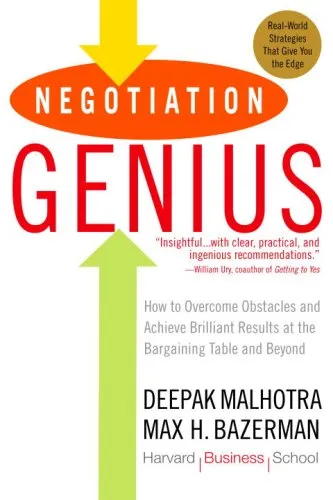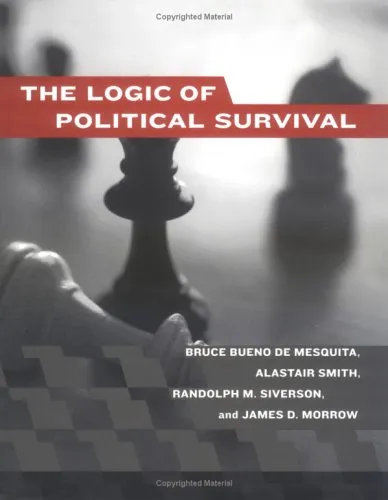Multimodal Discourse: The Modes and Media of Contemporary Communication
4.5
Reviews from our users

You Can Ask your questions from this book's AI after Login
Each download or ask from book AI costs 2 points. To earn more free points, please visit the Points Guide Page and complete some valuable actions.Related Refrences:
Introduction to "Multimodal Discourse: The Modes and Media of Contemporary Communication"
"Multimodal Discourse: The Modes and Media of Contemporary Communication," authored by Gunther Kress and Theo van Leeuwen, delves deeply into the concept of multimodality, a revolutionary framework for understanding how communication functions in our diverse, media-rich world. This groundbreaking book sheds light on how different modes—including language, images, sounds, gestures, and spatial arrangements—play a distinctive yet interconnected role in conveying meaning. In this introduction, we explore the essence of the book with sections that outline its core, its takeaways, its memorable quotes, and its significance in modern communication studies.
Detailed Summary of the Book
At its core, "Multimodal Discourse" argues that communication is no longer confined to traditional forms, such as written or spoken language; instead, it encompasses various semiotic modes that work together to create layered, multidimensional messages. Kress and van Leeuwen present an analytical framework for understanding the interaction of these modes and their contribution to meaning-making processes, whether in media, advertising, education, or everyday human interaction.
One of the key strengths of the book is its interdisciplinary approach. Drawing from linguistics, semiotics, sociology, and cultural studies, the authors seek to demonstrate that language often works alongside visual and other modes. For instance, visuals in a magazine article are not mere supplements to the text—they are integral to the message. The book introduces concepts like the "grammar of visual design" to analyze how images and other semiotic resources interact with text. It also explores the implications of such multimodal communication for society, particularly in an age dominated by digital and global media.
Through its practical and theoretical perspectives, the book provides robust tools for analyzing multimodal texts. It highlights the importance of context in interpreting meaning, emphasizing that communication always exists in specific cultural and social frameworks. Whether examining a billboard's imagery or the layout of a webpage, "Multimodal Discourse" equips readers with the ability to critique and understand the many layers of contemporary communication.
Key Takeaways
- Communication is inherently multimodal: language, visuals, sound, and spatial arrangements all play a role in crafting meaning.
- Modes do not work in isolation. They interact and influence each other to produce a cohesive message.
- Visual communication, particularly in the digital age, operates with its grammar and syntax, much like language.
- Understanding multimodality requires an interdisciplinary approach, incorporating elements of semiotics, linguistics, and media studies.
- The book offers practical methodologies for analyzing texts and media using the principles of multimodal discourse analysis.
Famous Quotes from the Book
"Meaning resides not in single modes alone, but in their interaction and interplay."
"Multimodal communication reflects the social, cultural, and technological transformations of our time."
"Visual design is not secondary to language—it is a core component of how meaning is made."
Why This Book Matters
"Multimodal Discourse" is essential reading for anyone seeking to understand communication in today’s complex, media-saturated world. The book is more relevant than ever, considering the rise of digital platforms and the increasing reliance on non-verbal communication. It challenges traditional notions of language-centric communication and offers fresh perspectives on how humans create meaning in multimodal contexts.
For educators, marketers, students, and professionals in media and other creative industries, this book provides invaluable insights and practical frameworks. It equips readers not only to analyze communication more deeply but also to harness the power of multimodality in their work. By emphasizing the interplay of modes, Kress and van Leeuwen transform the way we think about texts, visuals, and their role in shaping human understanding.
Ultimately, "Multimodal Discourse" is more than a text about communication; it is a window into the cultural, social, and technological currents that define the modern era. Its ideas have inspired academic research, professional practice, and even policy-making in the realms of media and education. As such, this book holds enduring importance for anyone interested in how language, images, and media evolve in tandem to shape our world.
Free Direct Download
You Can Download this book after Login
Accessing books through legal platforms and public libraries not only supports the rights of authors and publishers but also contributes to the sustainability of reading culture. Before downloading, please take a moment to consider these options.
Find this book on other platforms:
WorldCat helps you find books in libraries worldwide.
See ratings, reviews, and discussions on Goodreads.
Find and buy rare or used books on AbeBooks.
1798
بازدید4.5
امتیاز0
نظر98%
رضایتReviews:
4.5
Based on 0 users review
Questions & Answers
Ask questions about this book or help others by answering
No questions yet. Be the first to ask!
